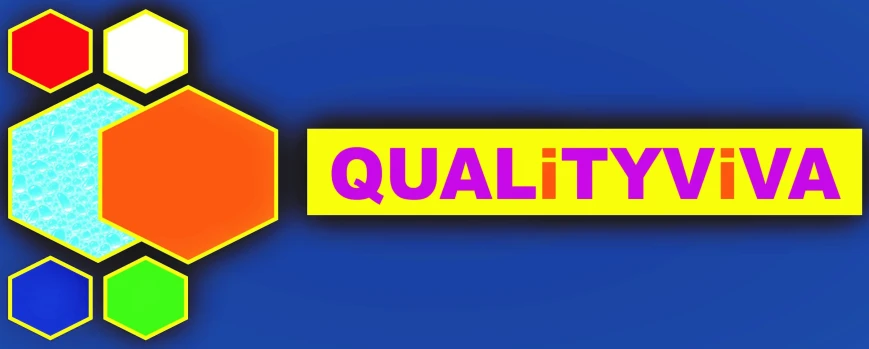Finding or the outcome from the audit (QMS/IMS/EnMS/EMS/Safety etc.) can be categorized in two parts and they are improvement and non-conformity, second one, non-conformity which is not to be consider as a negative part, but can be look as another way to improve the system(QMS/IMS/EnMS/EMS/Safety etc.).
Whenever there is non-conformity from the internal audit or from external audit (QMS/IMS/EnMS/EMS/Safety etc.), there is a question how to close the non-conformity and what is the correct procedure.
The non-conformity can be closed by taking the correction and corrective action both.
Let us first understand what is,
1. Non-conformity
2. Correction and
3. Corrective action
As per ISO 9000:2015, Quality management systems — Fundamentals and vocabulary
What is non-conformity?
Non-conformity is non-fulfillment of a (requirement) need or expectation that is stated, generally implied or obligatory.
What is Correction?
Correction: action to eliminate detected non-conformity.
Example are: Rework and/or Regrade
What is Corrective action?
Corrective action: action to eliminate the cause of a non-conformity and to prevent recurrence.
Let us understand both the terms with example:
EXAMPLE: Worker slipped on ground and his hand injured.
Non-conformity: Worker slipped and his hand injured
Correction: Taking the worker to hospital for bandage and medicine so that he gets relief.
Root cause analysis:
First we use the Pareto analysis
1. Pareto Analysis
Use Pareto analysis to study the frequency of incidences worker slippage and other incidences in last one year with.
Result of Pareto analysis shows that earlier also same case of slippage happened at same location.
2. Finding the root cause with help of Why-Why Analysis
Root cause analysis to be carried out to find the reason of slippage on the floor and we use Why-Why analysis technique here.
Why worker slipped?
Answer-Worker slipped because of spillage of oil on ground.
Why Oil Spilled?
Answer- Oil Spilled because of valve of nearby tank leak.
Why Valve leaked?
Answer- Valve maintenance not carried out on time and at regular interval.
3. Corrective action:
In study and in root cause analysis it is found that valve of nearby oil tank is leaking and so floor is slippery.
Here corrective actions are,
A. Maintenance of valve to be carried out immediately, keep record that maintenance carried out.
B. Make a SOP (Standard Operating Procedure) for maintenance of valve and define period at which maintenance to be carried out.
C. Make a format having details like Sr No, Description of job, Planned Date, Date on which actual maintenance carried out, Remark if any, Is maintenance carried out at planned interval? Yes/No, signature of HOD.
D. Horizontal deployment-Check for similar arrangement and apply the corrective action at that location.
Various tools use for root cause analysis,
Herewith furnishing the various tools use in root cause analysis,
1. Pareto chart
Pareto chart is a bar and ling graph showing the frequency on the Y-axis (Vertical line) and defects or problem on the X-Axis (Horizontal line).This is chart us when one has to find the frequency of the problem. It was created by Vilfredo Pareto and Dr.JM Juran use this in defect analysis.
2. The 5 Why of Why-Why Analysis
The why-why analysis is a systematic procedure to find out the root cause of the problem developed by SAKICHI TOYODA.
3. Fishbone diagram or Ishikawa Diagram or Cause-and-Effect diagram
This is also known as Ishikawa Diagram or Cause-and-Effect diagram, created by Kaoru Ishikawa. It is more structured approach for finding the root cause.
4. Scatter diagram
Scatter diagram is use to analyze the relationship between the two variable and to see how closely they are related and have relation between them.
One variable is plotted on vertical axis and other on the horizontal axis.
5. Failure mode and effects analysis (FMEA)
It is a step by step approach to find the root cause of the problem. As per AIAG & VDA new edition RPN (Risk Priority Number) has been eliminated and replaced by an “Action Priority” and is based on seven step approach.
6. 8D problem solving approach
Eight D is an eight discipline base problem solving approach use to find out the root cause of the problem is developed by Ford Motor Company.
The eight disciplines are as below:
0D- Plan for problem solving
1D- Creating the team to solve problem
2D- Described and define the problem
3D- Develop interim containment action
4D- Root Cause Analysis
5D- Corrective action
6D- Implementation and validation of corrective action
7D- Preventive action
8D- Congratulate team for their effort
Wishing all a Very Happy New Year 2021 !!! Happy Reading













